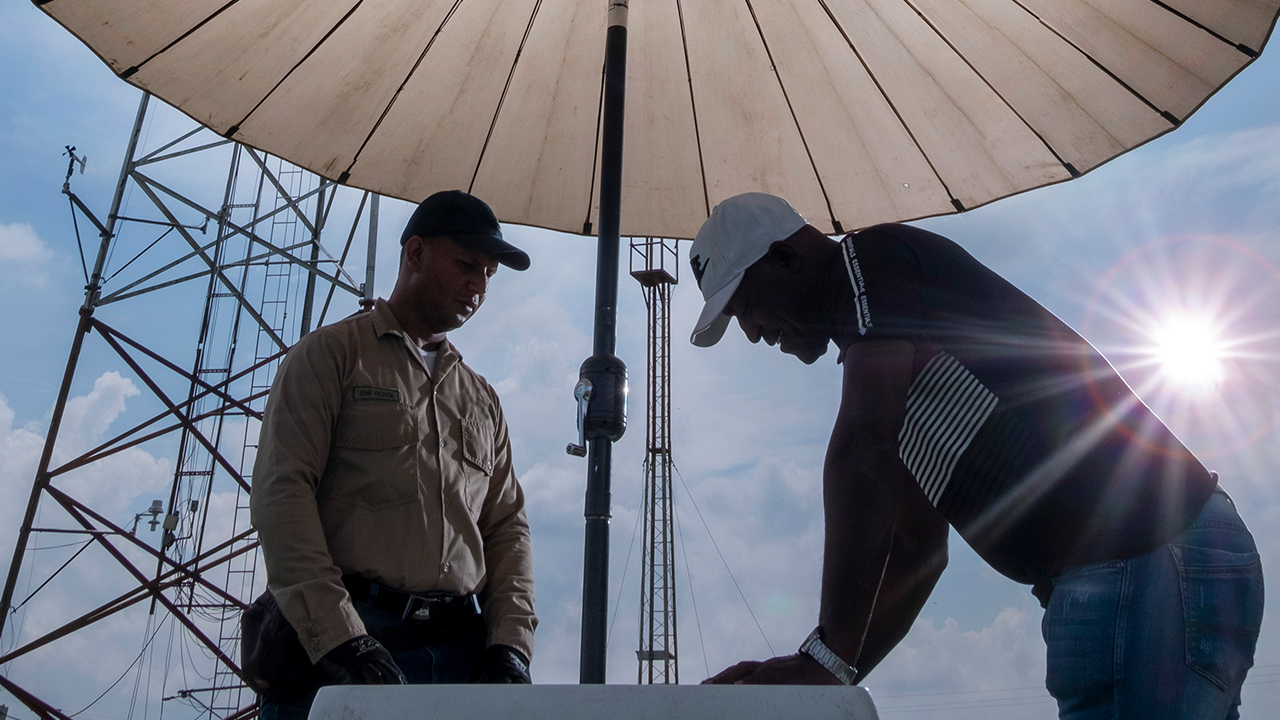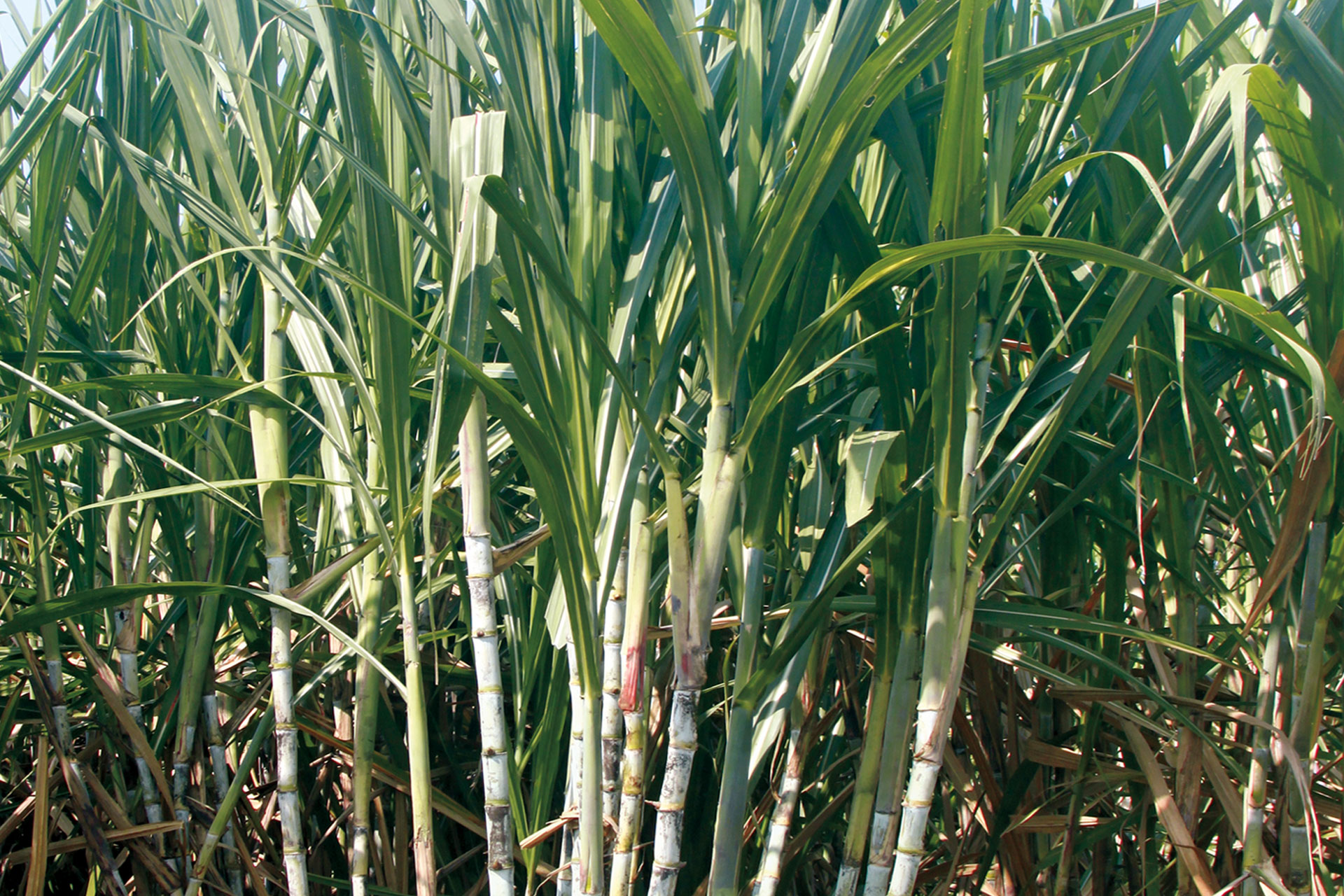By: Carolina Camargo. Entomologist PhD. Ashen.
During the last week, we have received different reports about the presence of Mocis latipes in the southern area, mainly in the municipalities of Miranda and Florida. Therefore, we recommend being alert to the presence of this pest, which manifests itself more frequently in dry seasons like the one we are currently experiencing..
Mocis latipes, also known as false meter, is a potential pest whose attack is sporadic and explosive, coinciding with periods of low rainfall. Its population increases rapidly and can cause severe defoliation in sugarcane crops.
The larva of this pest is distinguished by two black thoracic bands and two yellow longitudinal stripes on the head and body. Its larval period ranges between 15 and 20 days. It has been observed that the defoliation caused by this pest in the first three months does not significantly impact the tonnage and sucrose of the crop, since studies carried out in Cenicaña by Gómez and Vargas (1992) have shown that cane with simulated defoliations can recover. to harvest.
It is crucial to carry out monitoring during the summer seasons, and it is recommended to inspect weeds or weeds near the crop. A density of more than three larvae per plant or defoliation greater than 50% are indicators that populations may migrate to sugarcane plantations. It is important to keep in mind that the attack usually begins with weeds, so weed control must be carried out both in the furrows and in the central alleys, and these areas must be checked to detect the initial presence of the pest.
In case of defoliation greater than 50% in the area, the use of products based on Bacillus thuringiensis in doses of 1000 to 2000 grams per hectare for pest management. The use of chemical insecticides or the constant application of these products is not recommended, since Mocis latipes It has numerous natural enemies that must be preserved to avoid uncontrolled growth of its populations.
If you have questions, consult the agronomy area of your mill or contact the entomology area of Cenicaña at 6025246611 ext 5141 -5151
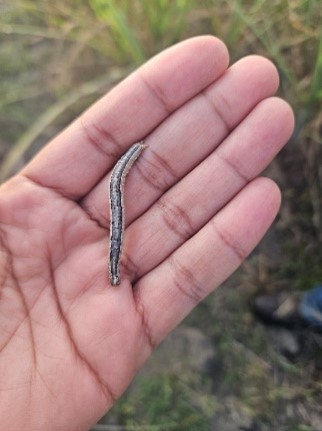
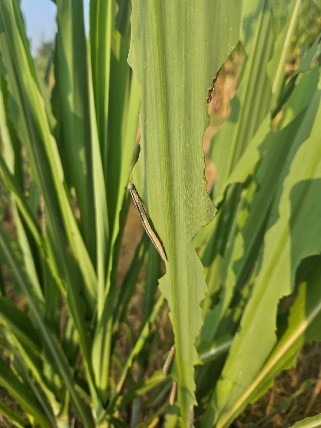
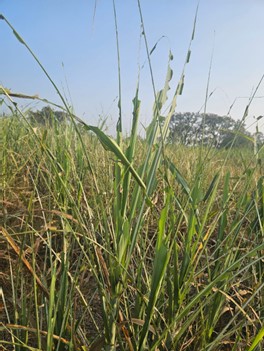
Note: photos courtesy of Ximena Granobles, Head of agronomy at Ingenio La Cabaña.
For more information about Mocis latipes you can consult:
- .Gomez and Vargas 1992 Evaluation of damage caused by leaf feeders in sugar cane through simulated defoliation. Sugarcane Nov-Dec 11-14
- Bustillo Pardey, Alex Enrique 2013. Pest Insects and Beneficial Organisms of Sugarcane Cultivation in Colombia











